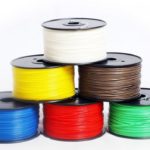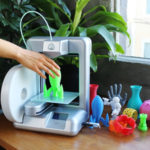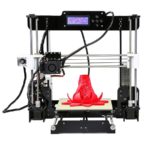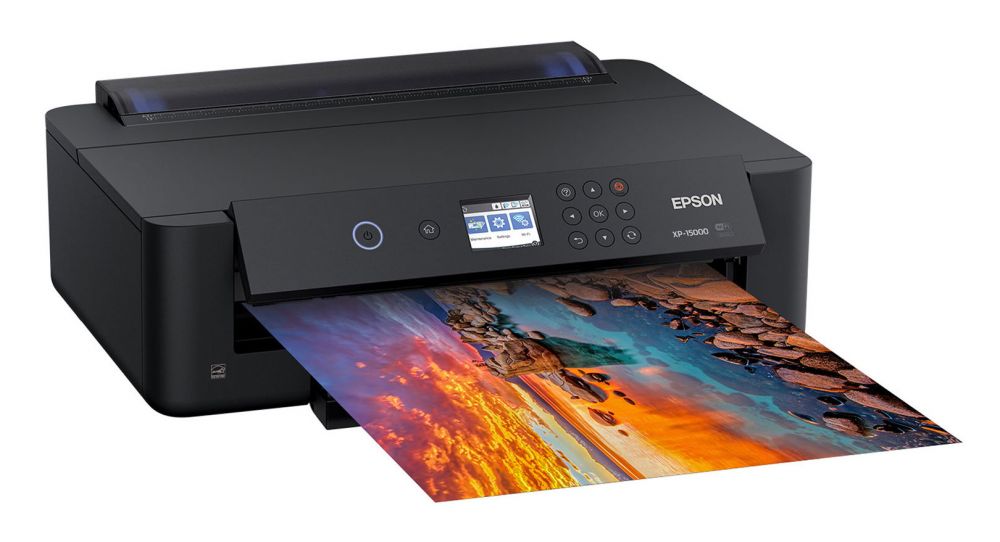Plastic for 3d printer Hips: characteristics
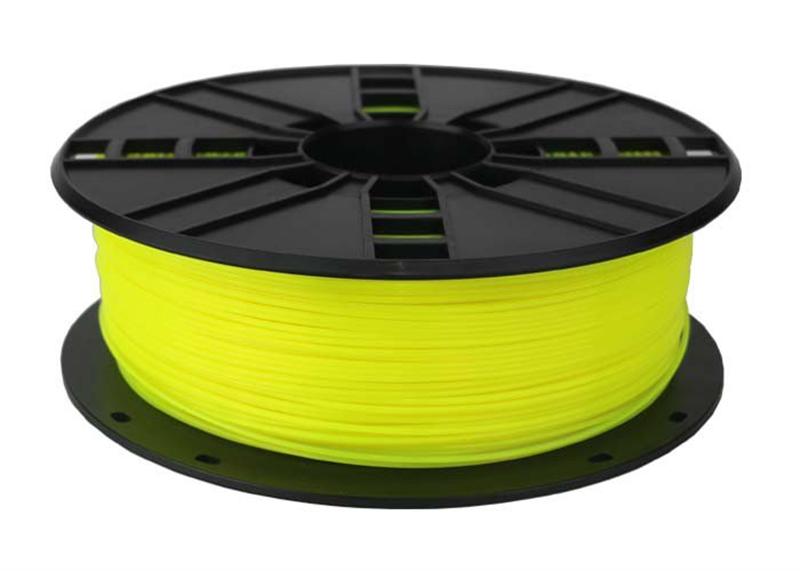 Printing on 3D printers is performed using special consumables - 3D plastics. Under the influence of high temperatures, they soften, acquiring the plasticity necessary for molding products of various shapes and sizes. The choice of plastic brand depends on specific tasks and goals.
Printing on 3D printers is performed using special consumables - 3D plastics. Under the influence of high temperatures, they soften, acquiring the plasticity necessary for molding products of various shapes and sizes. The choice of plastic brand depends on specific tasks and goals.
Characteristics of plastic for a 3D printer
There are many types of plastic for 3D printers. To understand which plastic is the best, you need to consider the most famous products in this category.
Hips
Impact-resistant styrene Hips is a thermoplastic polymer obtained by polymerizing polystyrene with synthetic rubber - polybutadiene. As a result, Hips material acquires the elasticity of butadiene rubber.
Hips has many positive properties that distinguish it from other materials for 3D printing:
- resistance to acid-base conditions;
- minimum heat shrinkage coefficient;
- absolute environmental friendliness due to the absence of carcinogens;
- wide operating temperature range (-40°С to +70°С);
- low hygroscopicity;
- resistance to decomposition;
- high degree of impact strength and ductility, thanks to which mechanical processing of finished products is possible;
- low electrical conductivity.
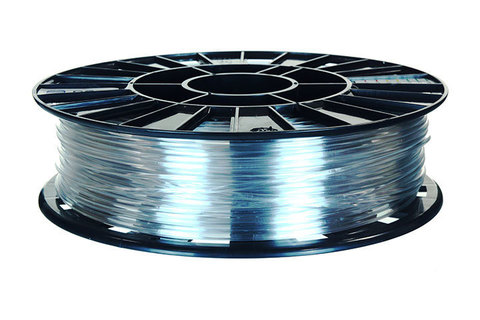
Reference! Unpainted Hips has a bright snow-white color, which distinguishes it from other plastics.
Thanks to its properties, Hips has found application in the production of plastic tableware, souvenirs, toys, medical instruments, and building materials. Unlike many insoluble materials, it dissolves in limonene (a liquid hydrocarbon). This property is used to strengthen the structure when working with other materials.
When working with Hips, the table must be heated to 90°C. Extrusion temperature – 220-240°C. To form a smooth surface, the nozzle must be cooled. Preference should be given to devices with a closed housing. Hips is available in a wide range of colors, which increases its demand.
SBS
SBS or styrene-butadiene copolymer is a thermoplastic material characterized by increased flexibility. Thanks to this quality, plastic products do not break under significant loads. 3D printing occurs evenly, without thread breaks.
Main advantages:
- high strength;
- resistance to high temperatures;
- moisture resistance;
- high degree of transparency – 93% light transmission;
- lends itself well to coloring, which allows you to create a bright palette of colors and shades;
- low degree of shrinkage, allowing you to create large-sized products;
- environmental friendliness, no odor during 3D printing;
- absolutely harmless to human health, approved for the production of products intended for storing food;
- soluble in limonene and solvent, due to which products are created that visually imitate glass;
- the ability to weld individual fragments to create complex products with guaranteed joint strength.
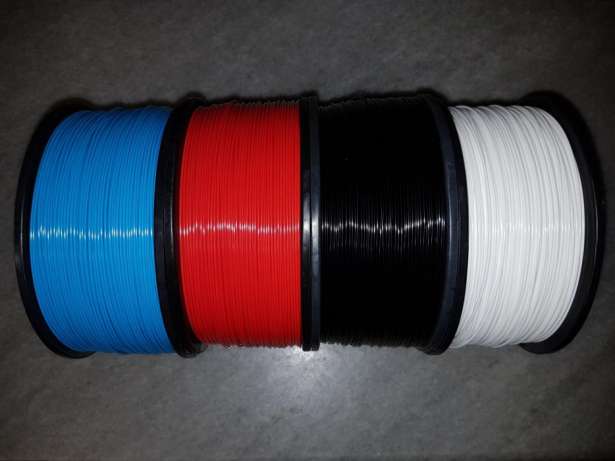
Due to its properties, Sbs is used for the manufacture of children's toys, souvenirs, decorative elements, medical products, food containers, large-sized products (shades, containers and other large-capacity containers). High light transmittance makes the material an alternative to expensive glass.
Reference! Due to the almost zero level of water absorption, products made from SBS can be used in conditions of high humidity without deformation or deterioration of the original properties.
The extrusion temperature is 225-255°C, the filament does not break during printing even when fed at an angle of 90°. For 3D printing with maximum translucency, it is recommended to use nozzles with a large diameter for printing in one layer.
Flex
Flex plastic or thermoplastic elastomer is an elastic polymer with the properties of rubber and plastic. The resulting products stretch as easily as rubber ones.
Advantages:
- increased flexibility and ductility;
- impact resistance;
- resistance to solvents, oils, gasoline;
- high wear resistance;
- possibility of soldering at high heating temperatures (using a soldering hair dryer);
- barely noticeable odor during operation.
Flex is used for the manufacture of products of complex shapes: children's toys, souvenirs, decorative elements, medical prostheses, masks, slippers, pneumatic pipes and much more.
Extrusion temperature – 230-260°C, platform heating to 80-120°C. A feature of printing is the need to feed filament at a minimum speed of 5-30 mm/sec.
Important! There should be no free space in the filament supply path from the thermal barrier to the extruder wheel so that the filament does not bend and interfere with the operation of the printer.If available, use a Teflon tube, which must be inserted into the free space.
Abs
Abs is an acrylic-nitrile-butadiene-styrene thermoplastic resin. The type of Abs depends on the ratio of these 3 components. Can take many different polymer forms with different properties. The main advantage is considered to be high mechanical strength, which is not available to other types of plastics.
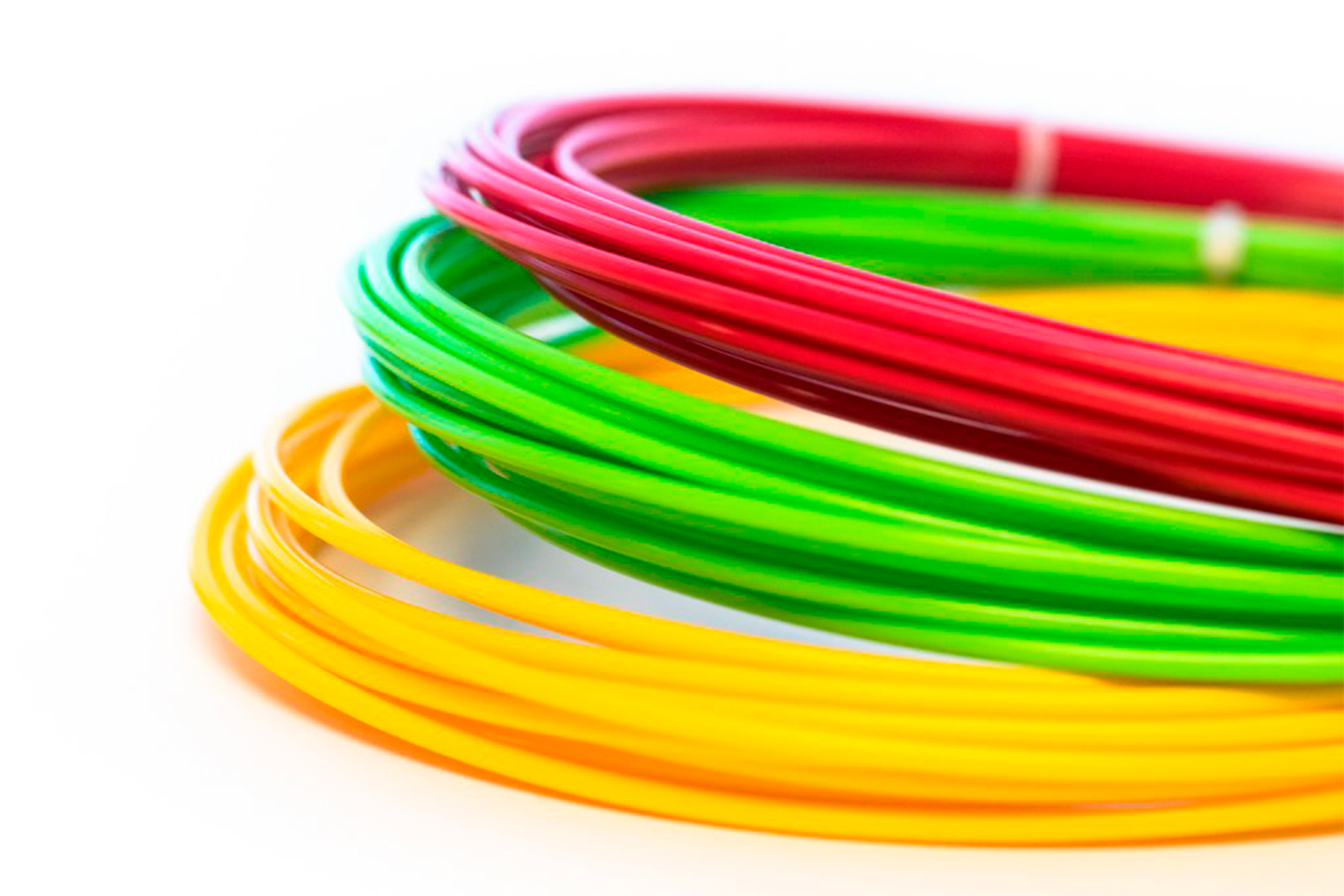
Advantages of Abs:
- resistance to temperatures up to 100°C;
- the ability to adjust the gloss level of the final product;
- resistance to acids and alkalis;
- solubility in acetone, ether, benzene and several other types of solvents;
- almost zero water absorption;
- high dimensional stability;
- recyclability;
- relative cheapness of the resulting products.
Abs is used for the manufacture of souvenirs, household items, plastic dishes and containers for storing food, automobile parts, and fasteners. Abs can be used as an electroplating coating in vacuum metallization, soldering, welding and precision casting.
Reference! To produce 1 kg of Abs plastic, about 2 kg of oil equivalent is required in the form of raw materials and energy.
The main disadvantages of this type are:
- high sensitivity to sunlight and precipitation, as a result of which the plastic becomes discolored;
- high degree of shrinkage during cooling (up to 0.8%).
The first problem is solved by applying a protective coating to the finished product. Because of the second, the production of models larger than 150x150x150 mm becomes impossible.
For working with Abs plastic, the best option is an FDM printer with technology for layer-by-layer creation of a three-dimensional object.Extrusion temperature – 180-260°C depending on the type of material. It is recommended to print with a heated platform up to 50-90°C in 3D printers with a hermetically sealed body and heated working chambers.
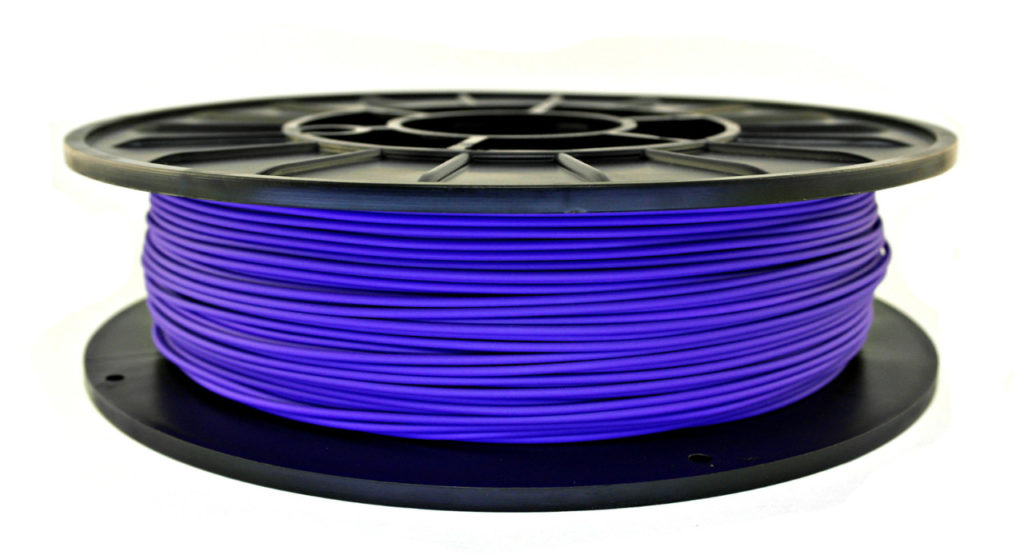
Pla
Polylactide Pla is a polyester based on the monomer of lactic acid contained in natural raw materials (corn, sugar cane, cellulose and starch). The main advantage of this type is environmental friendliness, based on the complete biological decomposition of the polymer. Today, Pla is considered the most promising 3D plastic, which can replace biodegradable packaging materials.
Advantages of Pla plastic:
- complete biodegradation;
- constant renewal of products used in the process of obtaining Pla;
- the emission of harmful substances into the atmosphere during the production process is halved in comparison with plastics based on petroleum products;
- biocompatibility with any components;
- Ability to work in poorly ventilated areas.
Reference! Products made from Pla completely decompose depending on natural conditions within 1-36 months.
Pla is considered an ideal material for disposable products. It is used to make self-absorbable surgical sutures.
The advantage of this type is the low extrusion temperature of 150-160°C, which reduces energy costs and also allows the use of cheaper nozzles made of brass or aluminum.
The difficulty when working with polylactide is considered to be increased fragility and slow setting at a temperature of 50°. To work with it, a 3D printer with an open body plus additional air cooling is recommended. The desktop does not require mandatory heating when printing small products.For large models, the desktop requires heating from below to avoid possible deformations.

